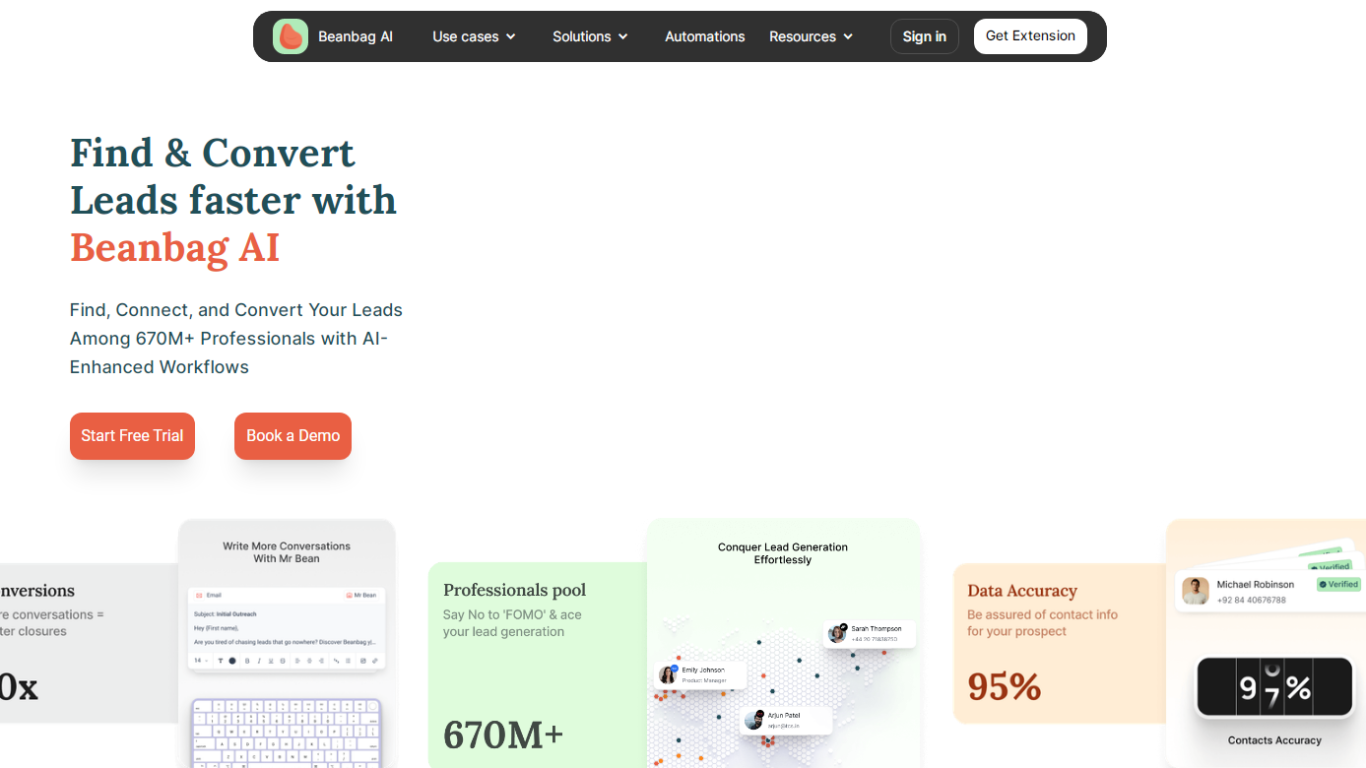What is Scanflow
In the manufacturing industry, ensuring the quality and reliability of switches on the dashboard of trucks or cars is a critical aspect of the production process. Traditional manual inspection methods are often time-consuming, prone to human error, and may not adequately capture subtle defects in the switches and related dashboard components.
Key Features:
- AI-Driven Quality Control Scanflow uses AI to monitor production lines in real-time, detecting defects and ensuring product quality. This automation helps maintain consistent quality by automatically flagging non-compliant items, enhancing overall manufacturing standards.
- Industrial Safety Enhancements The platform provides AI-powered visual inspection for personal protective equipment (PPE) and hazard detection through live CCTV feeds. This continuous hazard detection and real-time notification system fosters a safer work environment by ensuring compliance with safety regulations.
- Comprehensive Inventory Management Scanflow supports the scanning of QR codes, barcodes, serial numbers, and other real-world codes to streamline inventory management. Its capabilities extend to retail stock management, warehouse management, and real-time deal monitoring, making stock control effortless and efficient.
- Reduced Errors and Turnaround Time By automating data capture, Scanflow minimizes the errors typically associated with manual processes. This reduction in human error not only enhances accuracy but also speeds up turnaround times, improving overall operational efficiency.
- Increased Compliance and Workforce Engagement Scanflow provides data-driven insights to ensure adherence to industrial safety regulations, reducing the risk of non-compliance. Additionally, it empowers employees by equipping them with tools to prioritize safety and quality, thereby increasing workforce engagement.
- Enhanced Productivity and ROI The implementation of Scanflow leads to significant improvements in productivity and return on investment. The automation of workflows and data capture processes allows for more efficient operations, ultimately boosting the company’s bottom line.
- Flexible Integration Options Scanflow offers a versatile mobile SDK that supports both native and cross-platform applications, including Android, iOS, React Native, Xamarin, and Flutter. This flexibility allows for quick and easy integration into various operating systems and third-party systems, ensuring that businesses can deploy the technology seamlessly.
Pros:
- Real-Time Quality Monitoring Scanflow ensures real-time monitoring of production lines, enabling immediate detection and correction of defects. This helps maintain high-quality standards consistently.
- Enhanced Workplace Safety With AI-powered PPE and hazard detection, Scanflow significantly enhances industrial safety. It provides continuous monitoring and real-time alerts, promoting a safer work environment.
- Streamlined Inventory Management The ability to scan a wide range of codes makes inventory management more efficient. This feature is crucial for maintaining accurate stock levels and optimizing supply chain operations.
- Error Reduction By automating data capture, Scanflow reduces the errors commonly associated with manual processes. This leads to more reliable and accurate data handling.
- Quick Turnaround Times Automation of workflows not only improves accuracy but also significantly reduces turnaround times. This results in faster and more efficient operations.
- High ROI Businesses using Scanflow experience notable improvements in productivity, leading to higher returns on investment. The automation and efficiency gains translate directly into financial benefits.
- Easy Integration The flexible SDK supports multiple platforms and frameworks, allowing for easy integration into existing systems. This ensures that businesses can quickly adopt and benefit from Scanflow’s capabilities.
Cons:
- Initial Setup Complexity Setting up Scanflow and customizing it to fit specific needs can be complex and time-consuming. Businesses may need to invest considerable effort into the initial setup and configuration.
- Cost Implications The advanced features and capabilities of Scanflow may come at a significant cost. This could be a barrier for smaller businesses with limited budgets.
- Dependence on AI Accuracy The effectiveness of Scanflow relies heavily on the accuracy of its AI models. Misinterpretations or inaccuracies in detection could lead to errors in quality control and safety monitoring.
- Training Requirements Employees may require training to effectively use and manage Scanflow’s features. This adds to the initial investment in terms of time and resources.
- Potential Over-reliance on Automation While automation reduces errors, over-reliance on AI without adequate human oversight can be risky. It’s important to maintain a balance between automated processes and human intervention.
- Data Privacy Concerns The use of AI and continuous monitoring raises potential data privacy issues. Businesses need to ensure compliance with relevant data protection regulations to avoid legal complications.
- Hardware Compatibility Scanflow’s effectiveness might be limited by the hardware capabilities of the devices it operates on. Ensuring compatibility and optimal performance across various devices could pose challenges.
Who is Using Scanflow?
Scanflow is utilized by a wide range of industries, including manufacturing, retail, and logistics, to enhance operational efficiency and ensure quality control. Automotive manufacturers use it for detailed visual inspections, while warehouses and retail businesses leverage its inventory management capabilities. Safety-conscious industries, such as construction and industrial manufacturing, employ Scanflow’s AI-powered hazard and PPE detection to maintain high safety standards. Essentially, any business seeking to improve quality control, streamline inventory processes, and enhance workplace safety can benefit from Scanflow’s advanced AI solutions.
Summary:
Scanflow is an AI-powered solution designed for smart devices to automate data capture and workflow processes. It excels in quality control, industrial safety, and inventory management by leveraging advanced visual inspection capabilities. Businesses benefit from reduced errors, increased compliance, faster turnaround times, and enhanced productivity. With flexible integration options, Scanflow can be easily adopted across various industries to improve operational efficiency and ROI.





